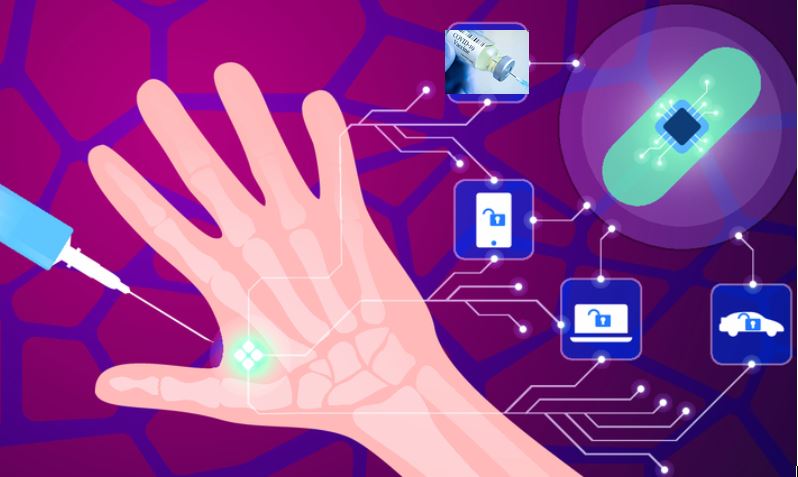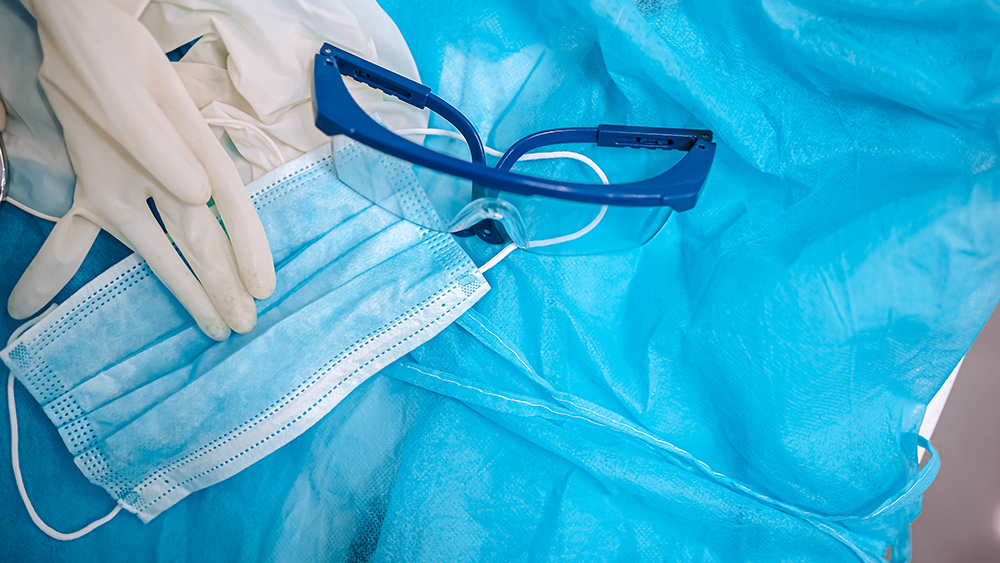
Implantable $300 digital "wallet" controlled by "Purewrist" app could be easily HACKED then manipulated by thieves and/or health terrorists
Since the new hand-implanted payment microchips have an antenna, they're meant to be monitored, tracked, updated and controlled by remote software companies and corporations all around the world. Anyone can now download hacker apps, like the "XAPK" for Android phones, and hack various targets around the globe using the darknet. Using high-end cyber technology, XAPK allows users to hack networks, develop hacking tools, choose stealth approaches for intrusions and experience "terrorist missions" that support war. If the hand-embedded "Walletmor" microchip app is sending and receiving data and signals to servers, the signal can be hacked. Most Americans believe hacking is a rare event, especially if they have security software on their phone, but they couldn't be more wrong. The most frequently hacked apps include Instagram (at number one), then Snapchat and Whatsapp. Any smartphone, whether an i-Phone or Android, can easily get hacked, even with layers of advanced security activated. Popular spying apps for online and offline tracking and hacking smartphones include pcTattletale, FlexiSPY, Spyera and XNSPY, all with very high ratings. Any app communicating with a cloud-based server can get interrupted, manipulated and data-hacked. If you have a pacemaker, it could get hacked, and possibly receive electronic impulses that affect your heart rate. If you have received gene therapy injections for COVID-19, your entire vascular system has nanoparticles (made of graphene oxide) floating around that can be manipulated. Just like hacking data, these nanoparticles inside the body can be hacked and manipulated from a remote server through nano-communications. The technology is already in place. In other words, installing a microchip inside your body could end up costing you your life, not just the money in your electric "wallet." Just as big banks experience cyber attacks every day (according to JPMorgan Chase Bank), any software app can be hacked, and the raiders use highly sophisticated malware to circumvent any "security" you may think you have in place. Just think of the "Heartbleed bug" that allowed hackers to completely take over computers. Imagine you go to pay for something at the store with your embedded "wallet" and you suddenly suffer a minor heart attack or a stroke from a blood clot. How could this have happened if you are perfectly healthy? If hackers can do it to Gmail and WebMD, they can do it to your wrist-embedded microchip too.Tracking and hacking gone awry: Nanotechnology is real and uses antennas for controlling intra-body networks
Scientists around the world are now suspect of COVID "vaccines" containing nano-particles that are controlled by nanodevices, also known as technological parasitism. This is not a conspiracy theory, as the technology is already in use and described vividly by scientific journals. Vaccines are described as the vectors for this installation and manipulation, as described in a recent technology review: "The explicit mention of the type of antenna and the technology of intra-body nano-networks, would confirm that vaccines are, among other things, vectors for the installation of nanotechnology, or nanodevices in the human body." Cyber criminals can hack computers, phones, appliances, firewalls, modems, routers, surveillance cameras, radio transmitters, nuclear plants' climate control systems, and yes, embedded microchips. Guess what the most common kind of hack is? Payment card fraud. Over 100 million Americans have already experienced hacking of their personal information on an average of four accounts per person. Because consumers now are doing so much shopping and banking via apps, hacker's weapons are more numerous, easier to come by, cheaper to buy and more sophisticated than ever. Consider THAT before you get a microchip embedded under your skin or billions of nanoparticles injected into your bloodstream. Tune your internet dial to Computing.news for updates on hackers hacking into software that can affect your health and livelihood. Sources include: TheGatewayPundit.com DailyExpose.uk NaturalNews.com Apkpure.com MyBankTracker.com Pubs.RSC.orgSTUDY: Face masks are teeming with disease-causing bacteria and fungi
By Ethan Huff // Share
Del Bigtree: What if the anti-vaxxers are the chosen ones all along?
By Belle Carter // Share
Alex Jones challenges Trump to admit he was DECEIVED about harmful and experimental COVID vaccines
By Belle Carter // Share
War on Cash: Israel strictly regulates cash payments to curb “financial crimes”
By Belle Carter // Share
Pandemic of plastic waste: Animals found entangled, dead in direct contact with single-use PPE
By Belle Carter // Share
An invisible assault: How everyday heavy metals sabotage brain health
By willowt // Share
Pentagon warns of China's rapidly expanding nuclear arsenal
By kevinhughes // Share
FCC grounds new Chinese drones in sweeping security move
By avagrace // Share
The methylation switch: Scientists identify diet that can turn back the cellular clock
By jacobthomas // Share
Renaissance or Ruin: A wake-up call for cultural revival and self-sufficiency
By kevinhughes // Share
Weight loss in midlife may trigger brain inflammation, study finds
By avagrace // Share











